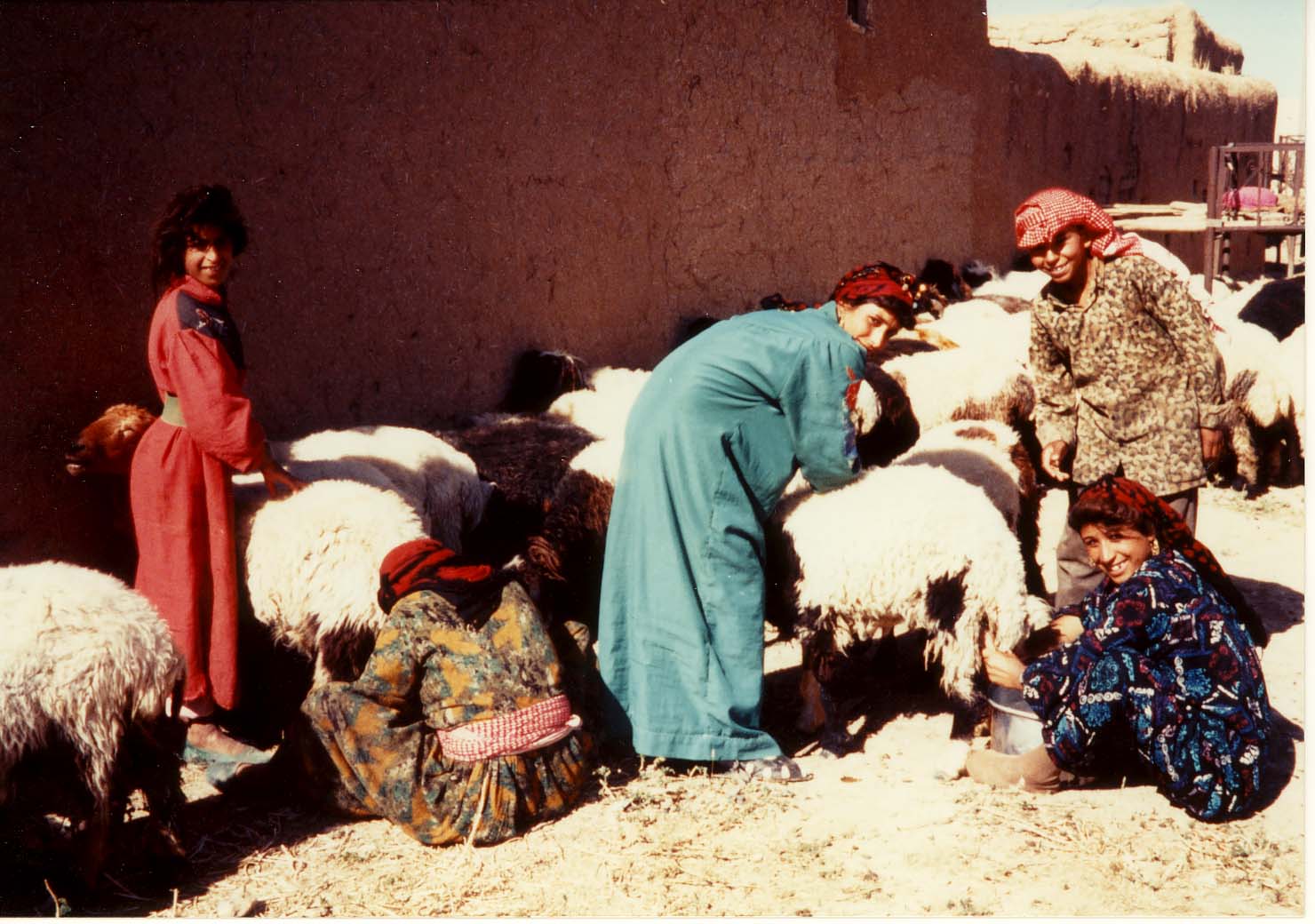- Project Leader : Hirata Masahiro (University of Agriculture and Veterinary Medicine, School of Agriculture)
- Collaborators : Matsubayashi Kozo (Kyoto University, Center for Southeast Asian Studies)
- : Imamura Tetsuya (The Open University of Japan, Faculty of Liberal Arts)
- : Miyake Yutaka (University of Tsukuba, Faculty of Humanities and Social Sciences)
- : Tsukihara Toshihiro (University of Fukui, Faculty of Education and Regional Studies)
Outline of Research
Research into Old Continent dry areas milk cultures (such as milking, milk processing, and the uses of milk and milk products for living) has been essential for pastoralists. The lack of a milk culture for subsistence has, however, been reported in research conducted in the New Continent and Southeast Asia. Since many detailed case studies on pastoralist cultures have reported about pastoralism in these areas, the time is ripe to reconsider both theory and the definition of pastoralism from a wider perspective.
This research reconsiders the theory of pastoralism subsistence from the viewpoint of milk culture. In detail, it will look at those techniques important for pastoralists such as the procurement of food, flock management, selection and breeding of livestock, and broad trade. This will be done to present a structural comparison of pastoralism between the dry areas of the Old Continent where milk culture forms the base of pastoralist’s subsistence, and the New Continent and Southeast Asia where milk culture is missing in local people’s subsistence. Finally, this research will present a new model and definition of pastoralism.
Purpose of the research
The purpose of this research is to reconsider the subsistence theory of pastoralism, keeping milk culture in mind, through a comparative analysis of pastoralism in both the dry areas of the Old Continent, and the New Continent and Southeast Asia. The main topics for discussion are as follows: 1) the subsistence of pastoralists such as their structure, management of livestock keeping, mobility, relationships with farmers and trade, and 2) Ecological-anthropological studies such us a detailed breakdown of food intake and strategies of food procurement. This research will also try to set up a new model and definition of pastoralism.
Significance of the research
Theories of pastoralism have been discussed mainly through case studies based on the dry areas of the Old Continent where milk products were and continue to be used as essential materials for subsistence. Since a comparative analysis of pastoralism between the dry areas of the Old Continent, and the New Continent and Southeast Asia will be a first in the history of pastoralism studies, this research should be considered original and interdisciplinary. Through developing a comparative discussion from the perspective of milk cultures this research expects to create a new and significant concept relevant to pastoralism studies. Furthermore, this research also expects to present a significant review of the history of pastoralism studies.
Expected results
It has been said that milk cultures function as a basic aspect of pastoralist’s subsistence. Through a comparison of pastoralism structures in both the Old Continent and the New Continent, we can reconsider milk culture through this research. Since a discussion from the unique perspective of milk culture can allow us to discover new aspects in a theory of pastoralism, this research hopes to greatly contribute to the field. These results will offer a new concept and model of pastoralism.


